Limb Length Shortening: Physiotherapy Treatment:
Limb Length Discrepancy :
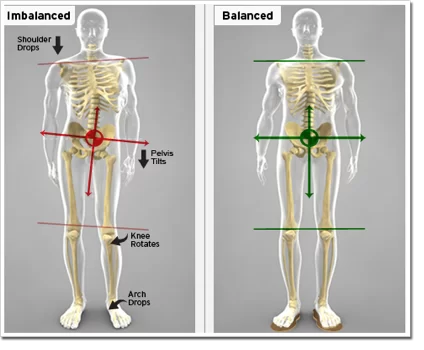
Limb length discrepancy is a difference between the lengths of the arms or legs. Except in extreme cases, differences in arm length do not usually impact how the arms function and do not require treatment. For this reason, this article focuses on differences in leg length.
A discrepancy in leg length will usually become obvious to parents as they watch their child grow and begin to crawl and walk. Some children are born with legs of different lengths. In other cases, illness or injury causes a discrepancy in length to develop over time. While a slight difference in leg length may not cause symptoms, a significant difference can cause a noticeable limp and make it difficult for a child to run and play.
Treatment for a discrepancy depends upon the severity. In many cases, a minor difference in leg length can be evened out by wearing a lift in one shoe. A child with a more significant difference, however, may benefit from surgery to make his or her legs the same length. This can be done a number of ways, but is most often accomplished through a procedure that slows or stops growth in the longer leg.
Table of Contents
Description:
A limb length difference may simply be a mild variation between the two sides of the body. This is not unusual.
For example, 32 percent of military recruits in one study had a 1/5- to 3/5-inch difference between the lengths of their legs. This is a normal variation. Greater differences in length, however, can affect a patient’s well-being and quality of life.
In most cases, the bones affected by a leg length discrepancy are the femur (thighbone) and tibia (shinbone).
Leg anatomy including the growth plates
(Left) A discrepancy most often involves the femur or tibia. (Right) The location of the growth plates at the ends of the femur.
Like the other long bones in the body, the femur and tibia do not grow from the center outward. Instead, growth occurs around the growth plates. Growth plates are areas of cartilage located between the widened part of the shaft of the bone (the metaphysis) and the end of the bone (the epiphysis).
If illness or injury damages the growth plate, the bone may grow at a faster or slower rate than the bone on the opposite side.
Cause of Limb length discrepancy:
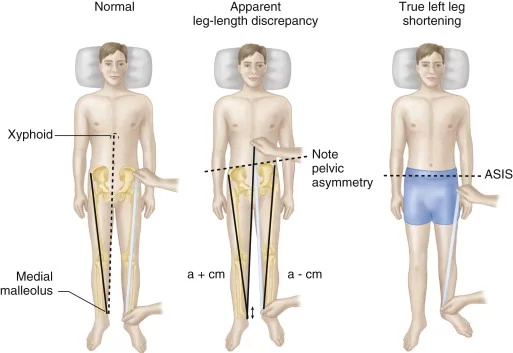
Previous Injury to a Bone in the Leg :
A broken leg bone can lead to a limb length discrepancy if it heals in a shortened position. This is more likely to happen if the bone was broken into many pieces. It is also more likely to happen if the skin and muscle tissue around the bone were severely injured and exposed, as occurs in an open fracture.
In a child, a broken bone sometimes grows faster for several years after healing, causing it to become longer than the bone on the opposite side. This type of overgrowth occurs most often in young children with femur (thigh bone) fractures.
Alternatively, a break in a child’s bone through the growth plate near the end of the bone may cause slower growth, resulting in a shorter leg.
Bone Infection :
Bone infections that occur in growing children may cause a significant limb length discrepancy. This is especially true if the infection happens in infancy.
Bone Diseases (Dysplasias) :
Certain bone diseases may cause limb length discrepancy, such as:
Neurofibromatosis :
Multiple hereditary exostoses
Ollier disease
Other Causes
Other causes of limb length discrepancy include:
Neurologic conditions:
Conditions that cause inflammation of the joints during growth, such as juvenile arthritis
In some cases, the cause of limb length discrepancy is “idiopathic,” or unknown. This is particularly true in cases involving underdevelopment of the inner or outer side of the leg, or partial overgrowth of one side of the body.
These conditions are usually present at birth, but the limb length difference may be too small to be detected early on. As the child grows, however, the discrepancy increases and becomes more noticeable. In underdevelopment, one of the two bones between the knee and the ankle is abnormally short. The child may also have related foot or knee problems.
Hemihypertrophy (one side too big) and hemiatrophy (one side too small) are rare conditions that cause limb length discrepancy. In patients with these conditions, the arm and leg on one side of the body are either longer or shorter than the arm and leg on the opposite side. There may also be a difference between the two sides of the face. In some cases, the exact cause of these conditions cannot be determined.
Symptoms:
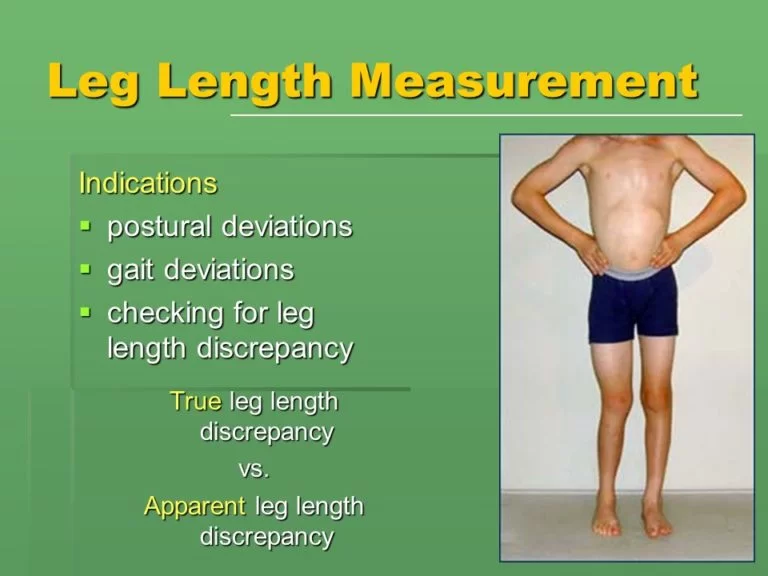
The effects of limb length discrepancy vary from patient to patient, depending on the cause and size of the difference.
Patients who have differences of 3-1/2 to 4 percent of total leg length (about 4 cm or 1-2/3 inches in an average adult) may limp or have other difficulties when walking. Because these differences require the patient to exert more effort to walk, he or she may tire easily.
Some studies show that patients with limb length discrepancies are more likely to experience low back pain and are more susceptible to injury. Other studies do not support this finding, however.
To Top
Doctor Examination
Wooden blocks being used to measure a leg length discrepancy
Wooden blocks may be used to measure a discrepancy in leg length.
Parents are usually the first to detect a leg length discrepancy when they notice a problem with the way their child walks. Discrepancies are also sometimes detected when a child undergoes a screening at school for curvature of the spine (scoliosis). It is important to note, however, that leg length discrepancy does not cause scoliosis
Your doctor will conduct a thorough physical examination and use tests to confirm or diagnosis a discrepancy in length.
Physical Examination:
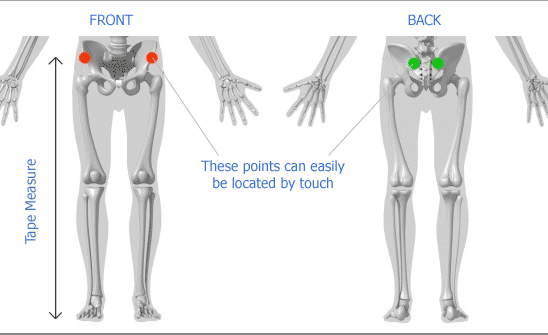
During the exam, your doctor will ask about your child’s general health, medical history, and symptoms. He or she will then perform a careful examination, observing how your child sits, stands, and moves. Gait analysis. During the examination, your doctor will closely observe your child’s gait (the way he or she walks). Young children may compensate for a limb length discrepancy by flexing their knees or walking on their toes.
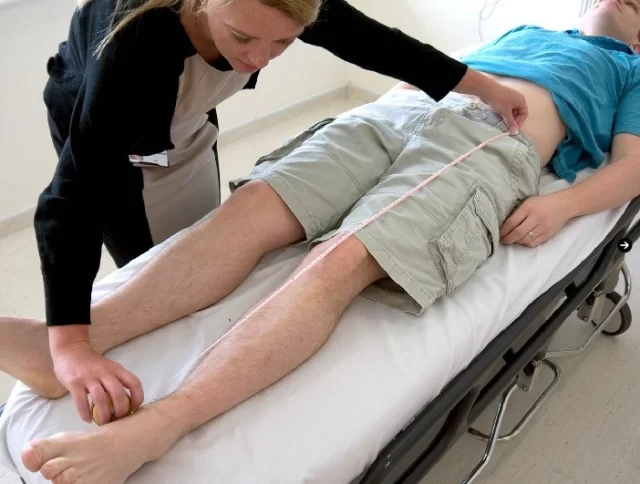
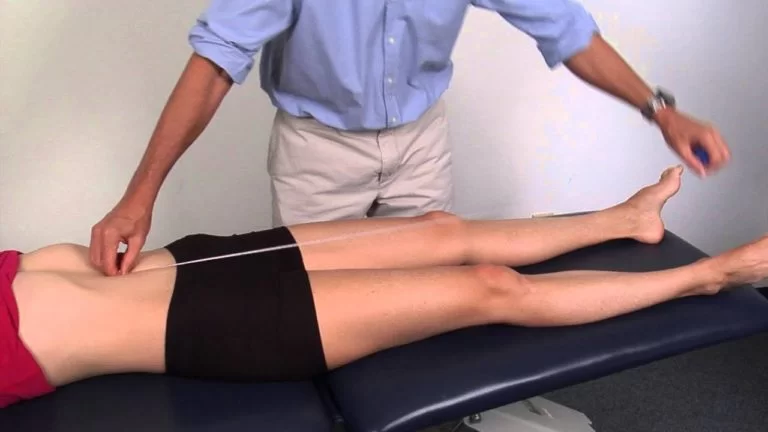
Measuring the discrepancy. In most cases, the doctor will measure the discrepancy when your child is standing barefoot. He or she will place a series of wooden blocks under the short leg until the hips are level, then measure the blocks to determine the discrepancy.
Imaging Studies
X-rays. An x-ray provides images of dense structures, such as bone. If your doctor needs a more precise measurement of the discrepancy, he or she may order x-rays of your child’s legs.
Scanograms. This is a special type of x-ray that uses a series of three images and a ruler to measure the length of the bones in the legs. Your doctor may order a scanogram instead of, or in addition to, a traditional x-ray.
Scanogram showing leg length discrepancy
Scanogram of a 13-year-old boy. The measurements at top indicate that his right leg is 30 mm (3 cm) shorter than his left leg.
Reproduced from Song K (ed): Orthopaedic Knowledge Update Pediatrics 4. Rosemont, IL. American Academy of orthopaedic Surgeons, 201
Computerized tomography (CT) scans. These studies can provide a more detailed image of the bone and soft tissue in the legs. In some cases, your doctor will use a CT scan to measure the limb length discrepancy.
If your child is still growing, your doctor may repeat the physical examination and imaging studies every six months to a year to see if the discrepancy has increased or remained the same.
Because an x-ray measurement cannot be compared with a CT scan measurement, your doctor will follow your child with the same type of imaging study over time.
Treatment
Your doctor will consider several things when planning your child’s treatment, including:
- The size of the discrepancy
- Your child’s age
- The cause of the discrepancy, if known
- Nonsurgical Treatment
- For patients with minor limb length discrepancies (less than 1 inch) and no deformity, treatment is usually nonsurgical in nature. Because the risks of surgery may outweigh the benefits, surgical treatment to equalize small differences in leg length is not usually recommended.
Nonsurgical treatments may include:
Observation. If your child has not yet reached skeletal maturity, your doctor may recommend simple observation until growing is complete. During this time, your child will be reevaluated at regular intervals to determine whether the discrepancy is increasing or remaining the same.
Wearing a shoe lift. A lift fitted to the inside or outside of the shoe can often improve a patient’s ability to walk and run. A shoe lift may also relieve back pain caused by a smaller limb length discrepancy. Shoe lifts are inexpensive and can be removed easily if they are not effective.
Surgical Treatment
In general, surgeries for limb length discrepancy are designed to do one of the following
Slow down or stop the growth of the longer limb
Shorten the longer limb
Lengthen the shorter limb
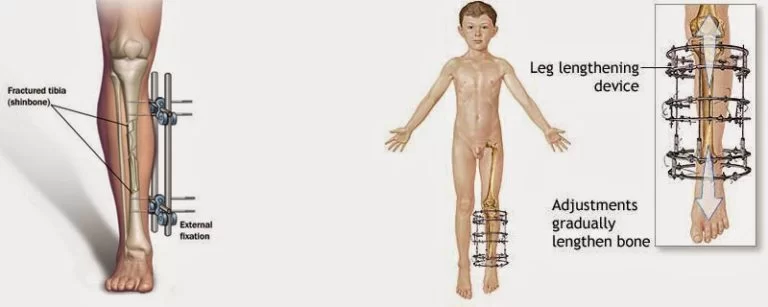
Physiotherapy Treatment
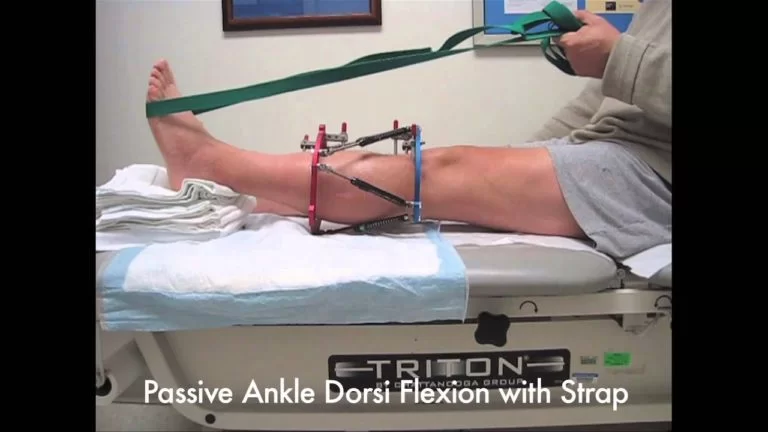
The non-surgical intervention is mainly used for the functional and environmental types of leg length discrepancies. It is also applied to the mild category of limb length inequality.
Non-surgical intervention consists of stretching the muscles of the lower extremity. This is individually different, whereby the TFL (Tensor Fascia Latae) the adductors, the hamstring muscles, piriformis and Iliopsoas are stretched.
In this non-surgical intervention belongs also the use of shoe lifts. These shoe lifts consist of either a shoe insert
(up to 10-20mm of correction), or building up the sole of the shoe on the shorter leg (up to 30-60mm of correction). This lift therapy should be implemented gradually in small increments.
Several studies have examined the treatment of low back pain patients with LLD with shoe lifts. Gofton obtained good results: the patients experienced major or complete pain relief that lasted upon follow-up ranging from 3 to 11 years. Helliwell also observed patients whereby 44% experienced complete pain relief, and 45% had moderate or substantial pain relief. Friberg found that 157 (of 211) patients with LBP, treated with shoe lifts, were symptom free after a mean follow-up of 18 months.
However, evidence in the literature regarding the use of lift therapy is inconsistent.LLD, Shoe lifts can reduce Stress Over low back, if patients’ low back pain is correlated to the LLD. Important is to gradually increase the corrective lift, rather than correct a fixed percentage of LLD. Strengthening And Stretching Exercise Of All Common Group Of Muscle Of Lower Limb And Back Muscle is Important For Endurance Development.
Shoe inserts appear to reduce (chronic) low back pain and functional disability in patients with LLDs of 10mm or less. It can be added to the treatment (low back exercises). The importance of exercises lies in the fact that (one study suggests that:) the quadratus lumborus endurance ipsilateral to the supine short leg has significantly decreased endurance compared to people with no leg-length asymmetry. However, this is only 1 small observational study and further research about changes in muscle endurance and strength in people with LLD is needed.
The PALM (Palpation Meter) :
The PALM is a reliable and valid instrument for measuring pelvic height difference (PD). It is convenient, cost-effective and is a good alternative to radiographic measurement!

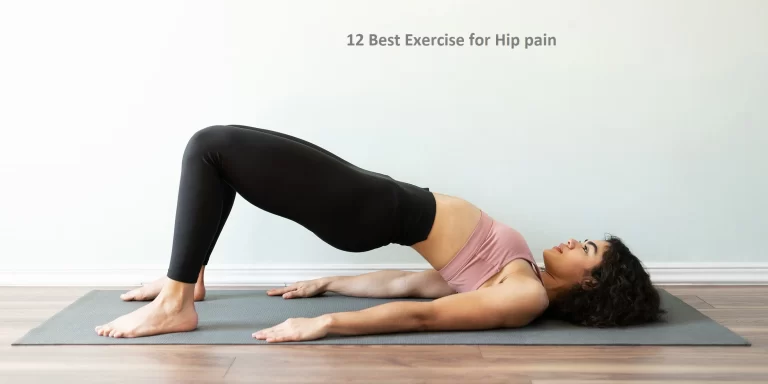
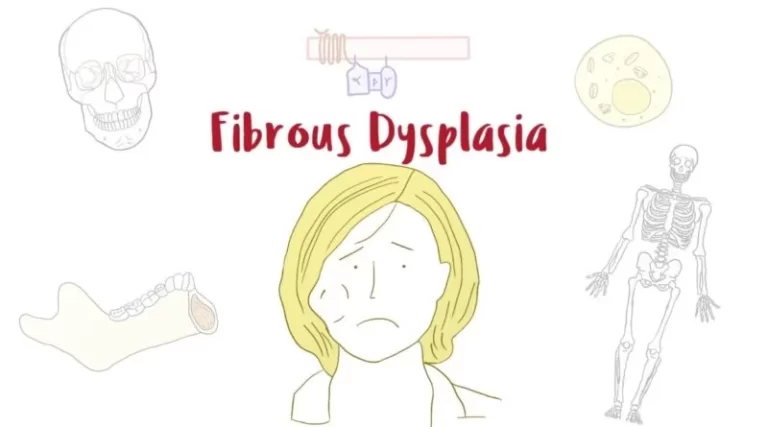
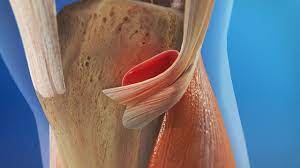
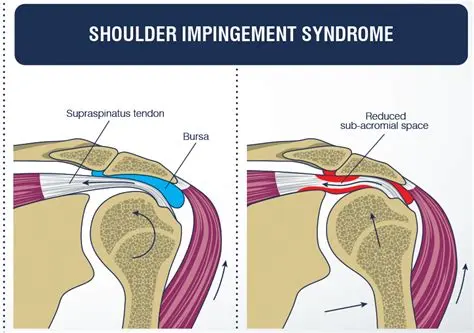
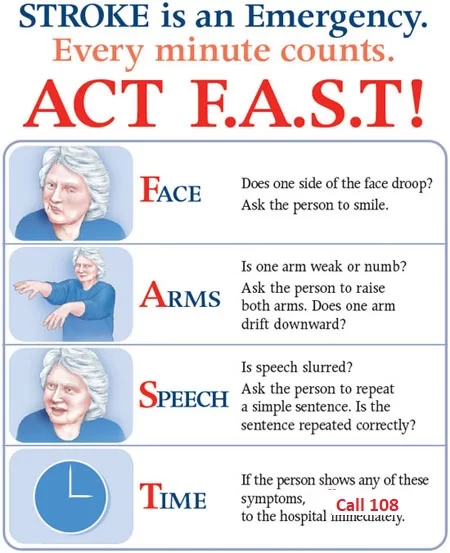
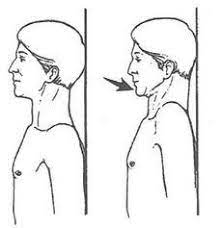
2 Comments